Muller’s Gibbon
- January 17, 2024
- 0 comment
Müller’s gibbon (Hylobates muelleri) stands as a captivating and enigmatic primate species, native to the lush rainforests of Borneo and Sumatra in Southeast Asia. These arboreal creatures are characterized by their distinct long arms, agile movements through the dense canopy, and a unique vocal repertoire that resonates through their tropical habitat. Males and females exhibit notable sexual dimorphism in physical characteristics, contributing to the intriguing nature of Müller’s gibbons. Social animals, they form monogamous bonds and live in close-knit family units, showcasing complex communication through vocalizations and intricate body language.
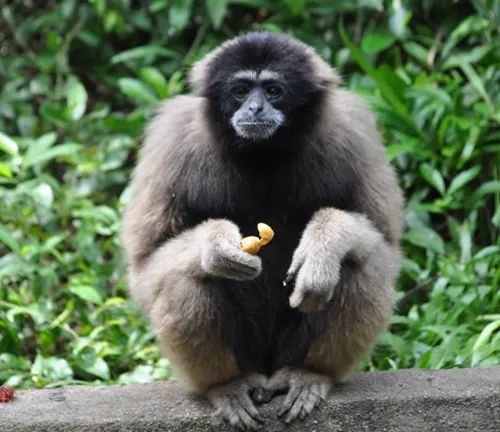
The species plays a vital role in its ecosystem by contributing to seed dispersal, thereby influencing the biodiversity of their habitat. Despite their significance, Müller’s gibbons face numerous threats, including habitat loss due to deforestation, illegal wildlife trade, and human-wildlife conflict. Conservation efforts are underway to safeguard these primates and their habitat, emphasizing the importance of understanding and protecting Müller’s gibbon for the overall health of Southeast Asian rainforests.
| Specification | Details |
|---|---|
| Scientific Classification | Family: Hylobatidae |
| Genus: Hylobates | |
| Species: muelleri | |
| Geographical Distribution | Borneo and Sumatra, Southeast Asia |
| Habitat | Tropical rainforests |
| Physical Characteristics | -Sexual Dimorphism: Present (males and females differ) |
| -Long arms and agile movements in the canopy | |
| -Unique vocalizations | |
| Social Structure | Monogamous bonds |
| Live in family units | |
| Communication | Vocalizations and intricate body language |
| Diet | Primarily frugivorous |
| Occasionally engages in hunting and foraging | |
| Reproductive Behavior | Elaborate mating rituals |
| Strong parental care | |
| Conservation Status | Endangered |
| Threats | Habitat loss, illegal wildlife trade, human-wildlife conflict |
| Conservation Efforts | Habitat preservation, community education |
| Ecological Significance | Seed dispersal, biodiversity maintenance |
| Cultural Significance | Folklore and cultural references in local communities |
| Challenges in Study | Elusive nature, environmental challenges for researchers |
| Notable Features | Cryptic and intriguing nature |
| Significant role in maintaining ecosystem balance | |
| Future Prospects | Ongoing research projects, conservation goals |
Müller’s Gibbon (Hylobates muelleri) Unveiling the Secrets of a Cryptic Primate
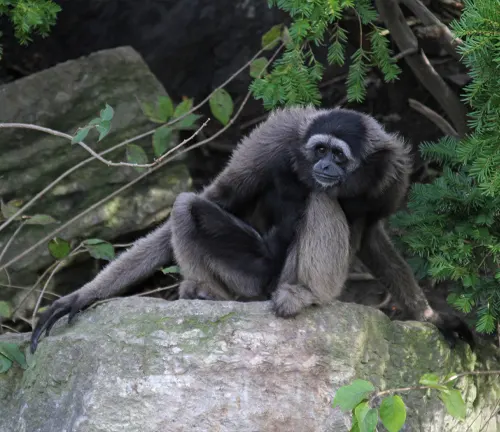
The vast and diverse world of primates holds within it a captivating species known as Müller’s gibbon (Hylobates muelleri). These elusive creatures, found in the dense jungles of Southeast Asia, have long intrigued scientists and nature enthusiasts alike. In this exploration, we delve into the intricacies of Müller’s gibbon, from its taxonomy to its cultural significance, shedding light on the challenges faced by researchers and the vital role these primates play in their ecosystems.
Müller’s gibbon, scientifically classified under the genus Hylobates, is a primate species inhabiting the tropical rainforests of Borneo and Sumatra. As we embark on this journey to understand these cryptic creatures, it becomes evident that their study is crucial for the broader understanding of biodiversity and conservation.
Taxonomy and Classification
Scientific Classification
Belonging to the family Hylobatidae, Müller’s gibbon is further classified into various subspecies, each adapted to its unique environment. The geographical distribution of these primates plays a pivotal role in their classification, offering insights into their evolutionary history.
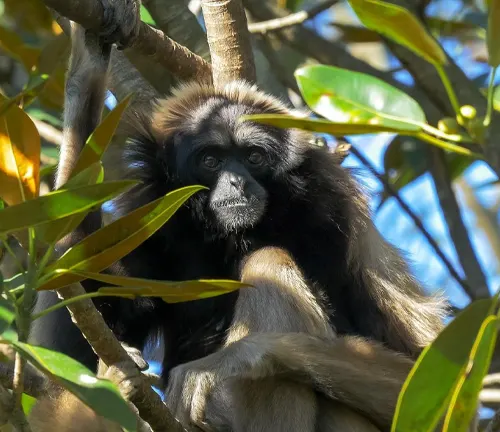
Habitat and Geographical Distribution
Müller’s gibbons are predominantly found in the lush rainforests, swinging effortlessly through the canopy. Understanding their habitat and geographical distribution is vital for conservation efforts aimed at preserving their diminishing natural spaces.
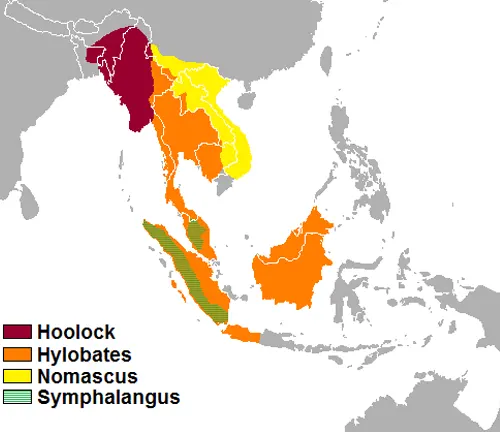
Physical Characteristics
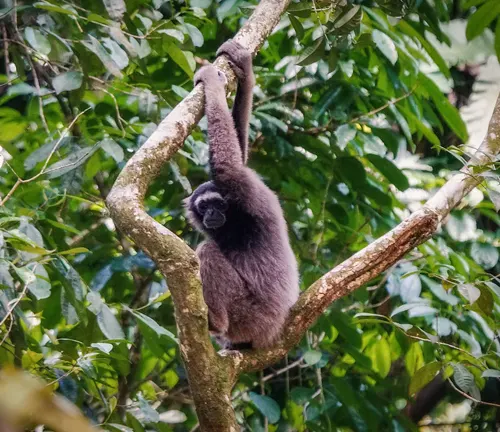
Size and Appearance
These primates exhibit sexual dimorphism, with males and females displaying distinct physical features. Exploring their size, fur coloration, and facial characteristics provides valuable information for researchers studying their adaptations to the rainforest environment.
Unique Features Distinguishing Müller’s Gibbon
Müller’s gibbons are known for their distinctive long arms and a unique vocalization, which echoes through the dense foliage. Unraveling these features helps in recognizing and differentiating them from other gibbon species.
Behavioral Patterns
Social Structure
Müller’s gibbons exhibit intricate social structures, living in family units. Investigating their social dynamics and hierarchies sheds light on their cooperative behaviors and the importance of family bonds in their survival.
Communication Methods
Communication is a cornerstone of gibbon society. Analyzing their vocalizations and body language unveils a sophisticated system of interaction, essential for understanding their social cohesion and mutual cooperation.
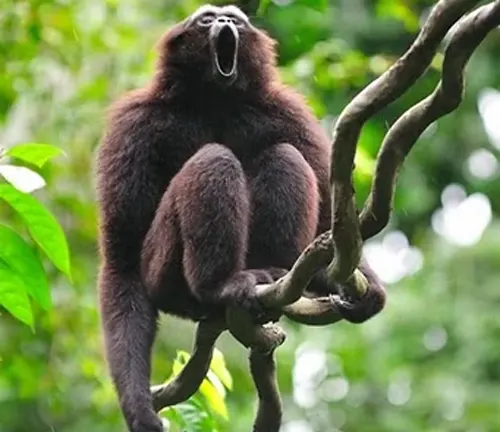
Diet and Feeding Habits
Primary Food Sources
A close examination of Müller’s gibbon’s diet reveals their reliance on specific fruits, leaves, and insects. Understanding their feeding habits provides insights into the delicate balance of their ecosystem.

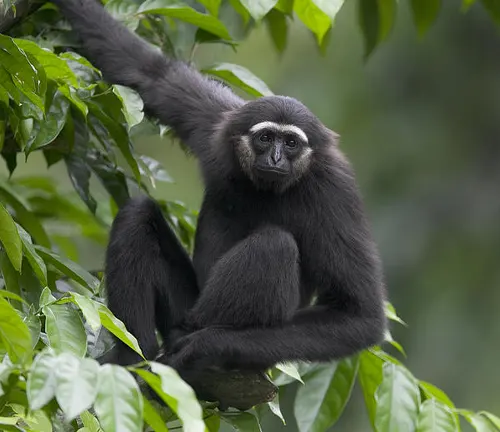
Hunting and Foraging Behaviors
Despite being primarily frugivorous, Müller’s gibbons occasionally engage in hunting and foraging activities. Examining these behaviors contributes to our understanding of their adaptability and the role they play in shaping the forest ecosystem.
Reproduction and Family Life
Mating Rituals
Mating rituals among Müller’s gibbons involve elaborate displays and vocalizations. Delving into these rituals enhances our comprehension of their reproductive strategies and the importance of mate selection in their evolutionary success.
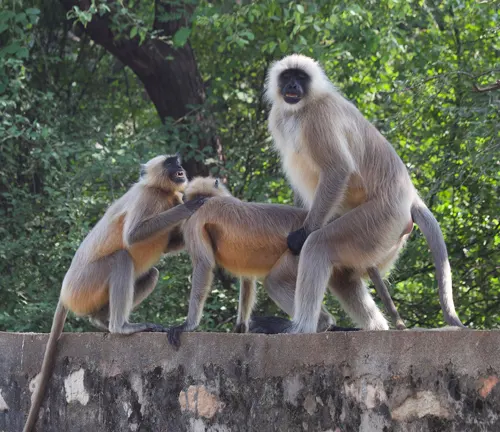
Parental Care and Offspring Development
Observing the parental care and the developmental stages of Müller’s gibbon offspring provides insights into the challenges faced by these primates in ensuring the survival of their species.
Conservation Status
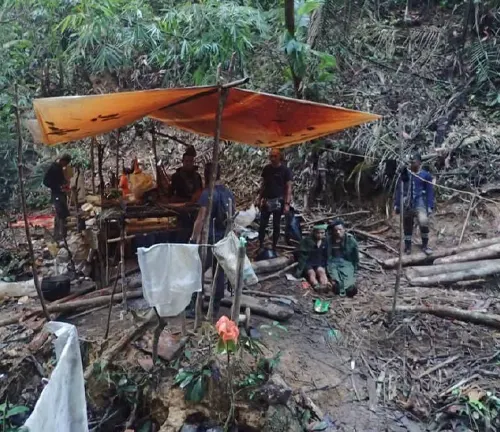
Threats to Müller’s Gibbon
The encroachment of human activities, habitat loss, and illegal wildlife trade pose significant threats to Müller’s gibbons. Recognizing these threats is essential for formulating effective conservation strategies.
Conservation Efforts in Place
Several initiatives are underway to protect Müller’s gibbons, ranging from habitat preservation to community education. Examining these efforts provides hope for the continued survival of this endangered species.
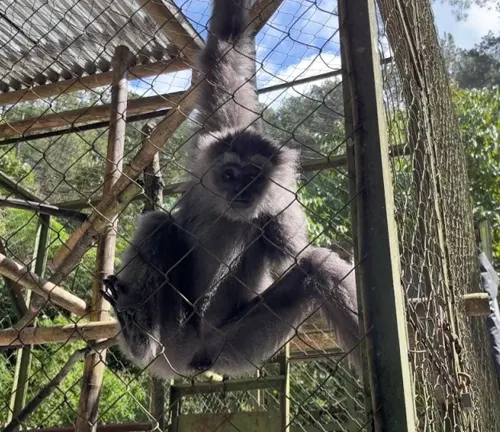
Significance in Ecosystem
Role Within the Ecosystem
Müller’s gibbons play a crucial role in seed dispersal and maintaining the biodiversity of their habitat. Understanding their ecological significance emphasizes the need for comprehensive conservation measures.
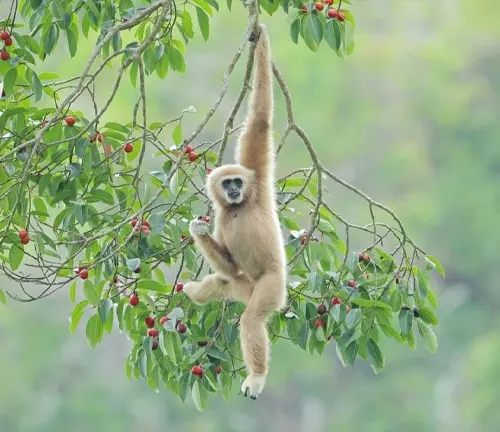
Interactions with Other Species
Exploring the interactions between Müller’s gibbons and other species within their ecosystem provides a holistic perspective on the delicate balance that sustains biodiversity in Southeast Asian rainforests.
Human-Wildlife Conflict
Instances of Conflict
As human populations expand, instances of conflict between Müller’s gibbons and local communities arise. Examining these conflicts highlights the challenges faced in promoting coexistence between humans and wildlife.
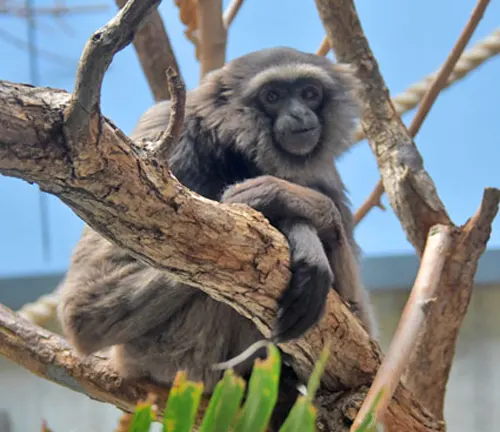
Mitigation Strategies
Implementing effective strategies to mitigate human-wildlife conflicts is essential for the conservation of Müller’s gibbons. Understanding these strategies and their implications is crucial for fostering harmony between communities and the natural world.
Challenges in Studying Müller’s Gibbon
Elusive Nature
Müller’s gibbons are known for their elusive nature, making them challenging subjects for study. Addressing the difficulties faced by researchers sheds light on the perseverance required in the pursuit of knowledge.
Environmental Challenges for Researchers
The dense and challenging terrain of Müller’s gibbon habitats presents obstacles for researchers. Examining the environmental challenges offers a glimpse into the dedication required to study these primates in their natural environment.
Captivity and Rehabilitation
Cases of Captivity
Instances of Müller’s gibbons in captivity bring forth ethical considerations and challenges in ensuring their well-being. Analyzing these cases informs discussions on the role of captivity in conservation efforts.
Rehabilitation Initiatives
Efforts to rehabilitate Müller’s gibbons and reintroduce them to their natural habitat play a crucial role in conservation. Understanding the successes and challenges of rehabilitation initiatives contributes to ongoing conservation strategies.
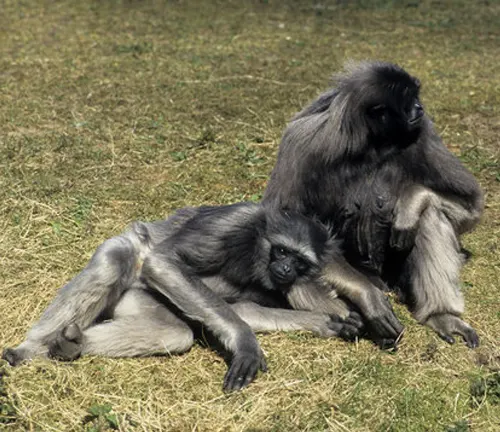
Different Species
Northern Müller’s Gibbon
(Hylobates muelleri abbotti)
Found on the Malay Peninsula and the southern part of the Thai-Malay Peninsula.

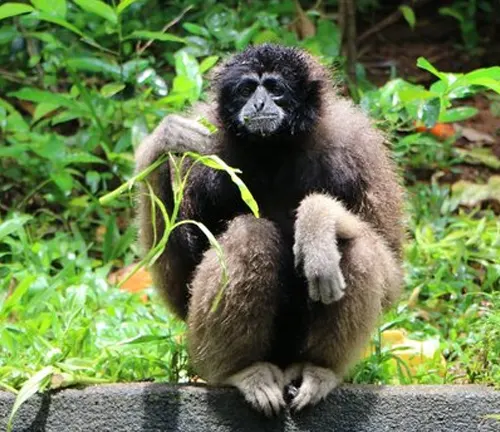
Southern Müller’s Gibbon
(Hylobates muelleri muelleri)
Inhabits the southern part of Sumatra, including the provinces of Jambi and South Sumatra.
East Coast Müller’s Gibbon
(Hylobates muelleri funereus)
Found along the east coast of the Malay Peninsula, including parts of Thailand and Malaysia.

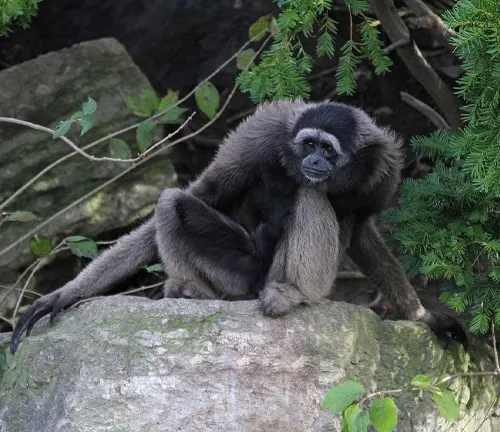
Central Bornean Müller’s Gibbon
(Hylobates muelleri funereus)
Inhabits the central regions of Borneo, including the Indonesian provinces of Kalimantan Barat and Kalimantan Tengah.
West Bornean Müller’s Gibbon
(Hylobates muelleri funereus)
Found in the western regions of Borneo, including parts of Sarawak (Malaysia) and Kalimantan Barat (Indonesia).
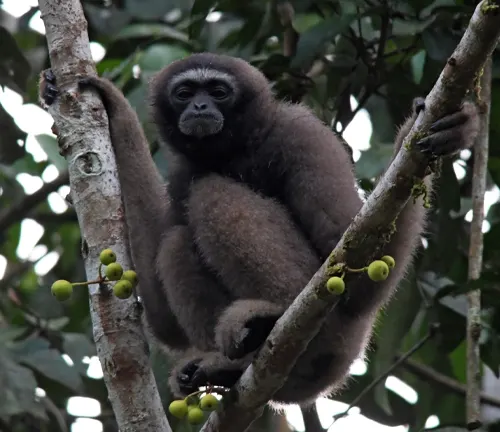
Frequently Asked Question (FAQs)
- What is Müller’s gibbon, and where is it found in the wild?
Müller’s gibbon is a primate species native to the rainforests of Borneo and Sumatra in Southeast Asia. - How does Müller’s gibbon contribute to its ecosystem?
Müller’s gibbons play a vital role in seed dispersal, helping maintain the biodiversity of their habitat. - What are the distinguishing physical features of Müller’s gibbons?
Müller’s gibbons are known for their long arms and unique vocalizations. Males and females exhibit sexual dimorphism in their physical characteristics. - Why are Müller’s gibbons considered elusive in the wild?
Müller’s gibbons have evolved to be highly adaptive and elusive, making them skilled at avoiding human observation. - What are the primary threats to the survival of Müller’s gibbons?
Major threats include habitat loss due to deforestation, illegal wildlife trade, and human-wildlife conflict. - How do Müller’s gibbons communicate with each other?
Communication involves a sophisticated system of vocalizations and body language, crucial for social cohesion within gibbon groups. - Are there conservation programs in place to protect Müller’s gibbons?
Yes, various conservation initiatives aim to protect Müller’s gibbons, including habitat preservation and community education programs. - What is the current conservation status of Müller’s gibbon?
Müller’s gibbon is classified as endangered, highlighting the urgency of conservation efforts to prevent further population decline. - How do researchers study Müller’s gibbons in their natural habitat?
Studying Müller’s gibbons in the wild poses challenges due to their elusive nature. Researchers often employ observational methods and advanced technology to track and study them. - Are there known cases of Müller’s gibbons being kept in captivity?
Yes, there are instances of Müller’s gibbons being kept in captivity, raising ethical considerations and the importance of proper care. - Do Müller’s gibbons form long-term bonds with their mates?
Yes, they are known for forming long-term monogamous bonds, with strong family ties contributing to their social structure. - How do Müller’s gibbons adapt to changes in their environment?
Müller’s gibbons exhibit adaptability, adjusting their behaviors and feeding habits in response to changes in their natural habitat. - What is the significance of Müller’s gibbons in local folklore and traditions?
Müller’s gibbons hold cultural significance in the folklore and traditions of local communities in Borneo and Sumatra. - Can Müller’s gibbons be rehabilitated successfully after being in captivity?
Rehabilitation efforts have shown success, with proper care and initiatives aimed at reintroducing them to their natural habitat. - How can the general public contribute to Müller’s gibbon conservation?
Individuals can contribute by raising awareness, supporting reputable conservation organizations, and adopting sustainable practices to protect the primate’s natural habitat.



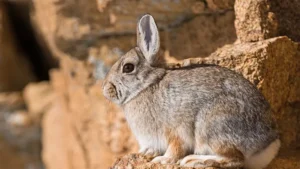

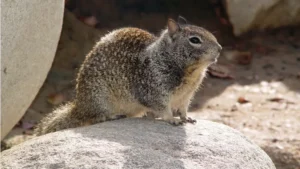


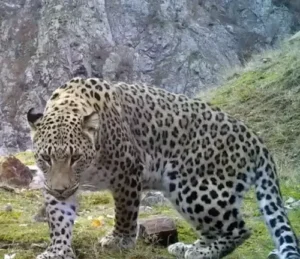


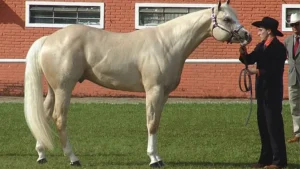
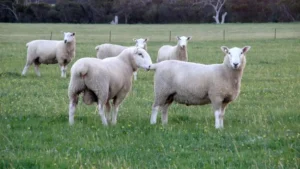
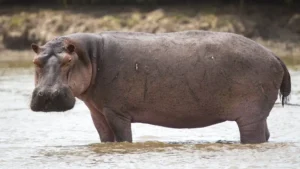
Leave your comment